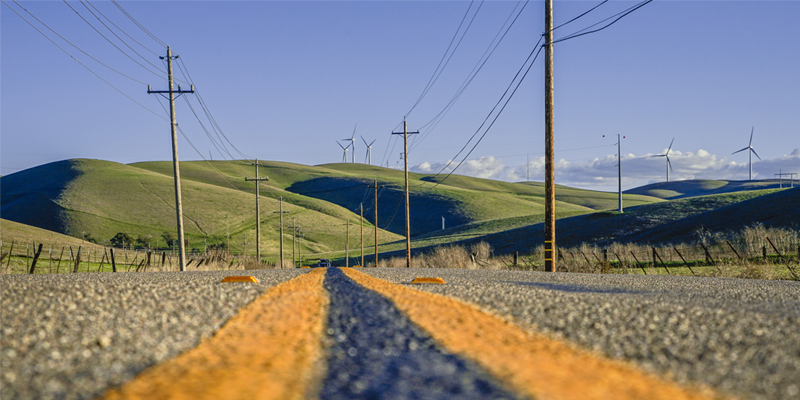Worst-Performing Circuits Underscore the Importance of Equity
Back to Top
Energy regulators and utilities use reliability metrics to monitor service-quality standards and set improvement targets. The most used metrics, System Average Interruption Duration Index (SAIDI) and System Average Interruption Frequency Index (SAIFI), focus on average performance.
While helpful, these metrics say nothing about customers’ experiences on the worst-performing circuits.
In many cases, although not exclusively, the worst-performing circuits are in disadvantaged communities on which low levels of reliability can have a greater negative impact. To ensure equity, the performance of these circuits must be addressed to ensure all customers can benefit from the energy transition.
Delivering an ‘equitable transition’
The energy transition is one of the most complex challenges the sector has faced. Decarbonization means replacing fossil fuels with low-carbon energy sources. It also means increasing heat and transport electrification. As such, customers more than ever will rely on electricity grids.
Concurrently, increasing climate threats are posing challenges for everyone but have a greater impact on customers on the worst-performing distribution circuits. These customers risk being left behind. Lagging levels of reliability would prevent them from taking full advantage of the opportunities presented by the energy transition, including the financial benefits from owning electric vehicles or from installing solar panels. Reliability also impacts everyday life as more people work from home, study remotely, or rely increasingly on technology for their economic, physical, and social wellbeing.
The time is right for a greater focus on equity
In response to these challenges, governments, regulators, and utilities across the globe are acting to harden our grids. Nowhere are the opportunities greater than in the U.S.
The funding available under the Infrastructure Investment and Job Act and the Inflation Reduction Act provides an unprecedented opportunity across the country. It will enable infrastructure investment to address the reliability and resilience challenges facing distribution grids. The recent announcement under the Grid Resilience and Innovation Partnership (GRIP) program of $3.5 billion for 58 projects across 44 states is the largest-ever investment in the U.S. grid.
Crucially, GRIP and all other recent U.S. funding mechanisms have a central focus on equity. This is embedded in the Justice40 Initiative, which requires 40 percent of the overall benefits of federal investments flow to disadvantaged communities.
Utilities that want to secure funding must explain how their plans will support these equity goals. These include measures that better position disadvantaged communities to withstand the impacts of extreme weather and leverage renewable resources to better support the reliability and resilience needs of those communities.
Equity can only be achieved by enhancing reliability and resilience across the entire grid. This means any investment now must prioritize the experience of customers on the worst-performing circuits.